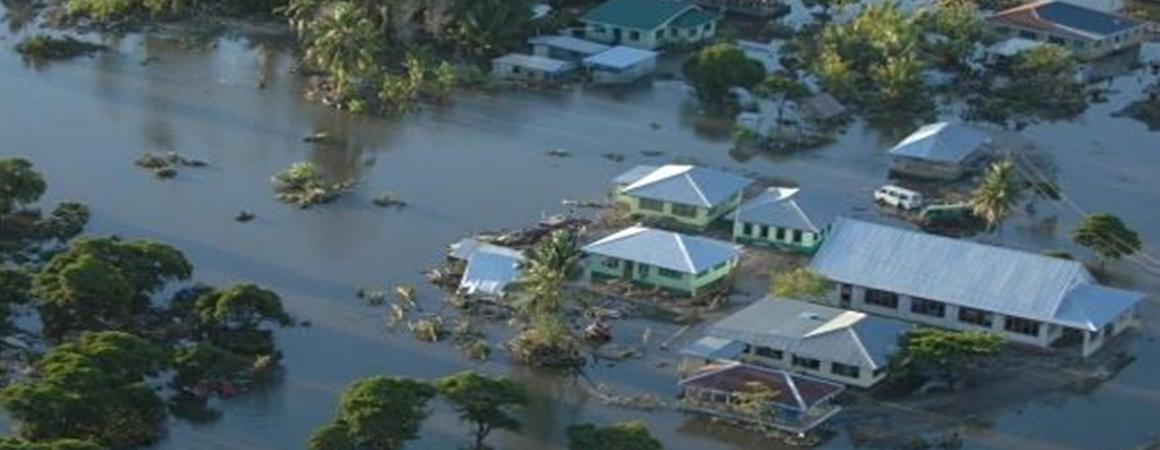Integrating Climate Change Risks into the Agriculture and Health Sectors in Samoa
Increasing evidence of climate change-induced risks confronts the Samoan community with serious livelihood challenges, especially in the agriculture and health sectors. The increasing frequency and length of extreme climatic events have adversely impacted on agricultural production, which has led to loss of crops and soil erosion. Along with agricultural vulnerability, there are growing concerns about climate related vector-borne, food-borne and water-borne diseases.
This project, Integrating Climate Change Risks in the Agriculture and Health Sectors (ICCRA&HS), has set specific goals to reduce climate change-induced risks in the Samoan community in these key development sectors.
Supported by the United Nations Development Programme (UNDP), the project is working to safeguard human development in Samoa from the risks associated with climate change. Efforts are also being made to enhance national, sub-national, and local capacities of government authorities, public health workers and planners to understand climate risk dynamics. In short, the project is focusing on the resilience and adaptive capacity of Samoan coastal communities to climate change impacts on agricultural production and public health. Project outcomes include enhancing the technical capabilities of the Samoa Meteorological Division, improving Samoa’s capacity to perform short-term and long-term agricultural planning, and strengthening Samoa's capacity in public health. To ensure that lessons and knowledge gained from this project can be shared and successes replicated, information will be disseminated through UNDP’s Adaptation Learning Mechanism.
Project details
Levels of intervention
- Community
Key implementers
- National Governments
Funding amounts
Project partners
- Ministry of Agriculture and Fisheries, Government of Samoa
- Ministry of Natural Resources and Environment (MNRE), Government of Samoa
- United Nations Development Programme (UNDP)
- Global Environment Facility (GEF)
- Ministry of Health, Government of Samoa
Introduction
Increasing evidence of climate change-induced risks confronts the Samoan community with serious livelihood challenges, especially in the agriculture and health sectors. The increasing frequency and length of extreme climatic events have adversely impacted on agricultural production, which has led to loss of crops and soil erosion. Along with agricultural vulnerability, there are growing concerns about climate related vector-borne, food-borne and water-borne diseases.
This project, Integrating Climate Change Risks in the Agriculture and Health Sectors (ICCRA&HS), has set specific goals to reduce climate change-induced risks in the Samoan community in these key development sectors.
Supported by the United Nations Development Programme (UNDP), the project is working to safeguard human development in Samoa from the risks associated with climate change. Efforts are also being made to enhance national, sub-national, and local capacities of government authorities, public health workers and planners to understand climate risk dynamics. In short, the project is focusing on the resilience and adaptive capacity of Samoan coastal communities to climate change impacts on agricultural production and public health. Project outcomes include enhancing the technical capabilities of the Samoa Meteorological Division, improving Samoa’s capacity to perform short-term and long-term agricultural planning, and strengthening Samoa's capacity in public health. To ensure that lessons and knowledge gained from this project can be shared and successes replicated, information will be disseminated through UNDP’s Adaptation Learning Mechanism.
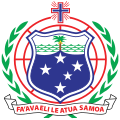
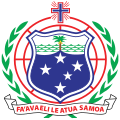
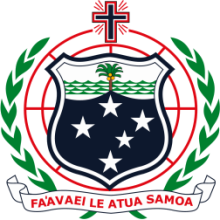
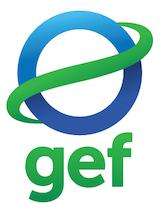
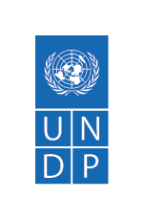
Project details
The Integrating Climate Change Risks in the Agriculture and Health Sectors (ICCRA&HS) project will help the Government of Samoa develop an integrated approach to address climate change impacts through adaptive actions. The project’s main components aim to both further understand the effects of climate change in the agriculture and health sectors in Samoa, and to inform future adaptation planning and actions.
These goals will be accomplished by:
- Collecting and exchanging climate data between sector professionals and regional climate observation networks;
- Obtaining an estimate of the damage to Samoan population and economy of climate change related risks in the agriculture and health sectors. This will help quantify the benefits of adaptation measures;
- Identifying and evaluating alternative adaptation measures applicable to Samoa;
- Revising agricultural management plans and strategies, national soil and crop maps, and public health plans;
- Providing the Samoan authorities and institutions with an effective tool to estimate the future potential damage to crops and farms and to plan future adaptation investments based on different risk scenarios;
- Craft an early warning system to prevent significant damage to the agriculture and health sectors
- Community
- National Governments
Coastal communities of Samoa
- Ministry of Agriculture and Fisheries, Government of Samoa
- Ministry of Natural Resources and Environment (MNRE), Government of Samoa
- United Nations Development Programme (UNDP)
- Global Environment Facility (GEF)
- Ministry of Health, Government of Samoa
News
Key results & output
The goal of the project is to safeguard human development in Samoa from new and additional risks associated with climate change.The objective of the project is to increase the resilience and adaptive capacity of coastal communities in Samoa to the adverse impacts of on agricultural production and public health.
OUTCOME 1: Enhanced technical and organizational capabilities of the Samoa Meteorological Division (MD) to monitor and provide information on climate change risks and early warning communications to the agricultural and health sectors and augment existing Disaster Risk Management processes
- Output 1.1 – Automated processing of climate data in MD established for more effective analysis and dissemination of climate risk information with relevant MD staff training
OUTCOME 2: Capacity of Samoa’s agricultural sector improved to design adaptive policies and perform short-term (seasonal) and long-term (decadal) agricultural planning and crop management
- Output 2.1 – Agricultural management plans and strategies are revised to incorporate climate risk forecasting and adaptive planning
- Output 2.2 – National soil and crop maps updated and enhanced with functionalities for climate risk and productivity modeling under different climate conditions
- Output 2.3 – Adaptive agricultural crop management piloted in vulnerable agricultural areas
OUTCOME 3: Capacity of Samoa’s public health planners and public health workers strengthened to reduce the impact of climate change on public health
- Output 3.1 – Information system for climate-related disease data collection, storage and analysis established
- Output 3.2 – Public Health plans and strategies are revised to incorporate climate risk projections and adaptive planning
- Output 3.3 – Public health (Health Protection) planners and workers trained in climate-related health risk monitoring and management
- Output 3.4 – Rapid testing for climate-related diseases piloted in 3 high-risk areas
- Output 3.5 – Reduction of climate-related diseases demonstrated in 3 high risk districts
OUTCOME 4: Enhanced learning, evaluation and adaptive management
- Output 4.1 – Project lessons captured in, and disseminated through, the Adaptation Learning Mechanism
- Output 4.2 – Project knowledge shared with other climate-sensitive sectors in Samoa
Reports & publications
Videos & multimedia
Monitoring & evaluation
- Summary of the relevant baseline development plans and investment programmes of the public, private and NGO sector in Samoa focusing on relevant activities as they pertain to climate change risk management in the sectors of intervention through the proposed UNDP-GEF intervention;
- Review and summary of the existing policy and regulatory frameworks;
- Review, analysis and summary of the past project related activities of other donors and private sector on adaptation in Samoa and an updated report on the co-operation and co-financing possibilities in the framework of the envisaged UNDP-GEF project;
- Supporting reports prepared by techincal experts to justify the proposed project interventions and to leverage financing for the proposed activities (this may include pre-feasibility studies for pilots, draft business plans etc.)
- A Project Logical Framework that captures UNDP endorsed indicators and verification strategies;
- M&E framework for the project that will measure improvement in adaptive capacity to climate change including variability. This includes a list of proposed indicators and an associated monitoring and evaluation plan (with a clear definition of how these indicators would be measured and how verification data would be collected through the monitoring programme).
- A work plan with detailed roles and responsibilities for implementation;
- A stakeholder participation plan, with a clear focus on community involvement;
- Endorsement letters from the government and letters confirming co-financing commitments;
- Project Document as per GEF and UNDP requirements including completed UNDP checklist for preparing adaptation projects;
- Lessons Learned from the prepararoty phase and; and
- Other reports from all project relevant stakeholder consultations
Newsfeed
Contacts
- Ministry of Natural Resources and EnvironmentAnne RasmussenProject Manager
- UNDPGabor VerecziRegional Technical Advisor
- UNDPMartha MoneoCO Focal Point

